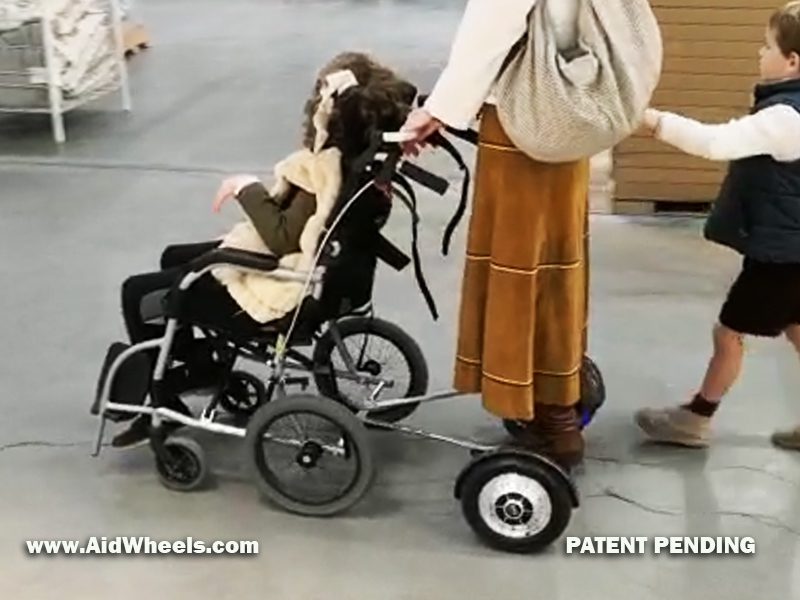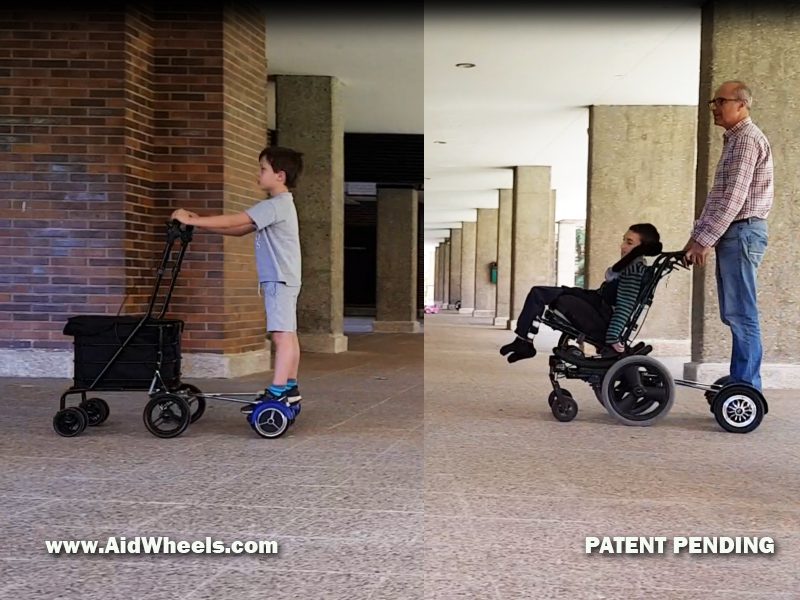There are various types of mobility assistive devices that are designed to help people with mobility impairments move around more easily and safely. Here are some of the different types of mobility assistive devices:

- Wheelchairs: There are two main types of wheelchairs – manual and powered. Manual wheelchairs are propelled by the user, while powered wheelchairs use batteries to provide propulsion.
- Mobility scooters: These are electrically powered devices that resemble a small motorized vehicle, and are often used by people with limited mobility who can still stand and walk short distances.
- Crutches and canes: These are simple and inexpensive devices that are used to provide additional support and stability while walking.
- Walkers: Walkers are frames with wheels and handgrips that provide support and stability while walking. They are especially useful for people who require a higher level of support than a cane or crutches can provide.
- Transfer aids: These devices are designed to help people transfer from one surface to another, such as from a wheelchair to a bed or from a chair to a toilet.
- Stairlifts: Stairlifts are motorized devices that are attached to a staircase and can carry a person up and down the stairs in a seated position.
- Lift chairs: These are motorized chairs that help people stand up from a seated position or sit down into a chair with minimal effort.
Overall, the type of mobility assistive device that is most suitable for an individual depends on their specific mobility needs and abilities.

